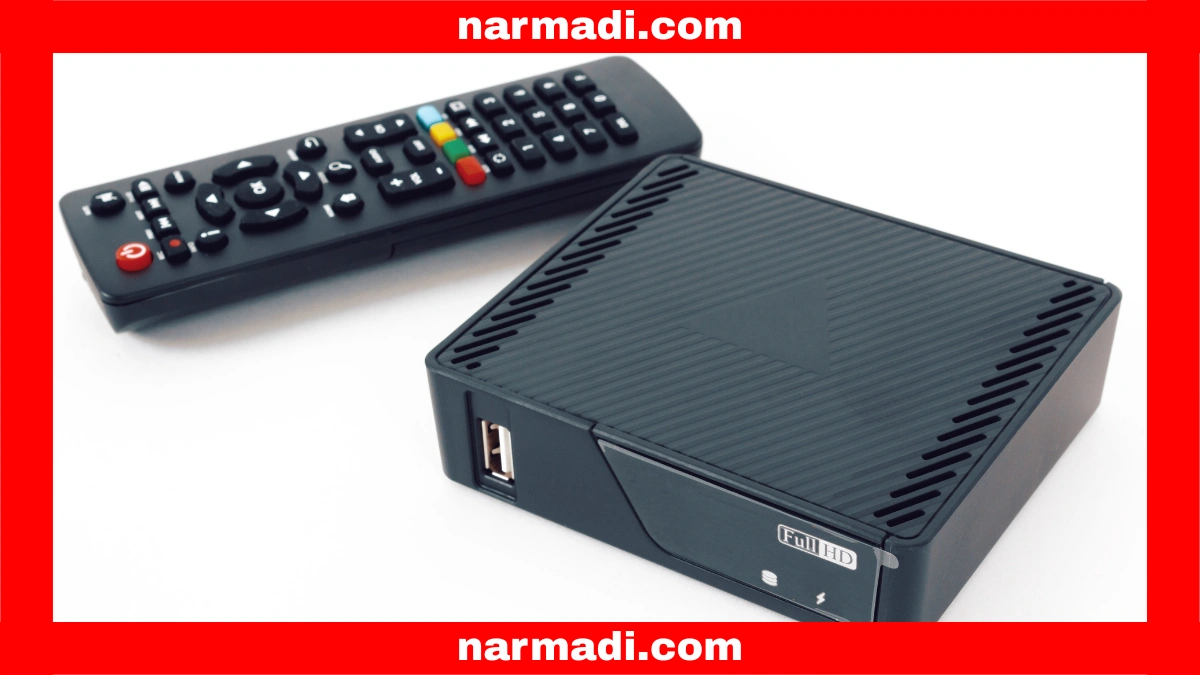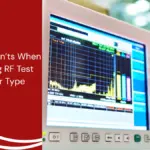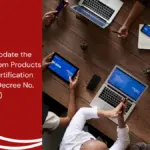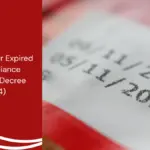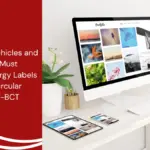Set-top boxes (STBs) are telecommunications devices that must meet technical standards before they can be marketed in Indonesia. This provision applies specifically to STBs that already support the DVB-T2 digital broadcasting standard, in accordance with the policy of migrating television broadcasting from analog to digital.
The Indonesian government, through Minister of Communication and Information Technology Regulations (PERMEN KOMINFO) No. 4 of 2019 and No. 3 of 2014, regulates the technical requirements and implementation of the Early Warning System (EWS) feature on devices.
In addition to these two regulations, there are also additional rules for set-top boxes equipped with modern connectivity features. Decree of the Minister of Communication and Information Technology (KEPMEN KOMINFO) No. 260 of 2024 requires devices to have Bluetooth features, while Decree of the Minister of Communication and Information Technology (KEPMEN KOMDIGI) No. 12 of 2025 regulates the technical requirements for devices that use WiFi.
Also Read
These regulations aim to ensure that all set-top box devices circulating in Indonesia must meet quality, safety, and compliance standards through standard testing.
Table of Contents
Regulations on Set-Top Box Technology
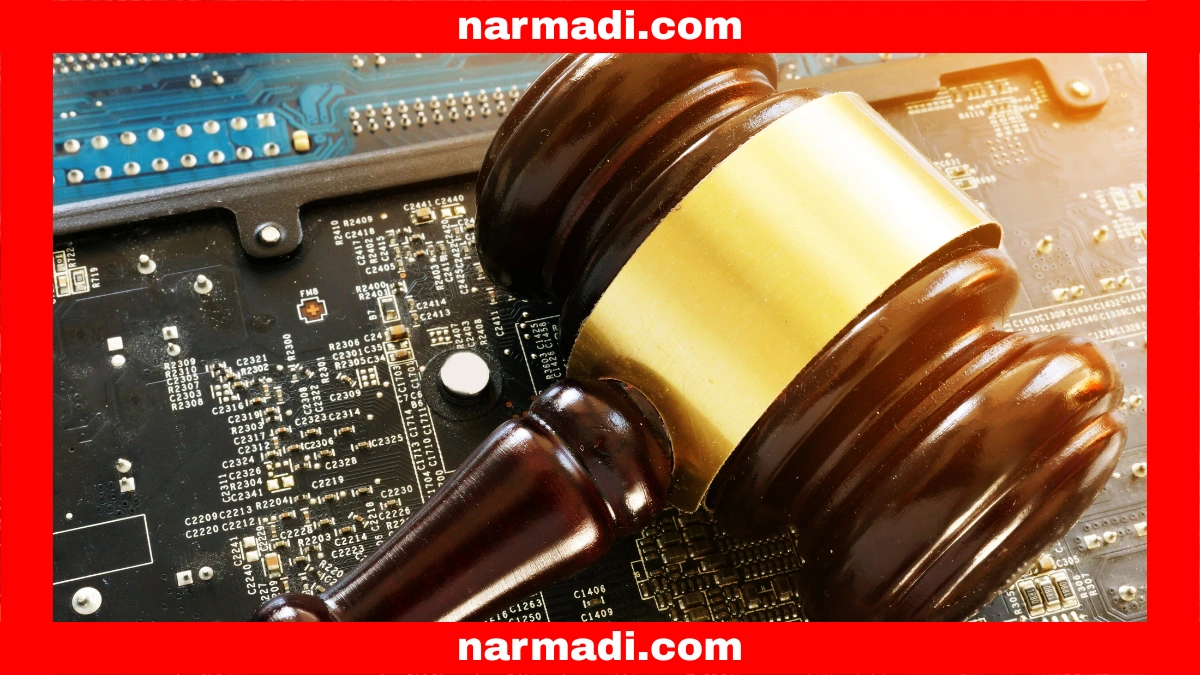
This regulation covers radio frequency requirements, maximum transmit power, and testing for wild emissions (spurious emissions).
PERMEN KOMINFO No. 4 of 2019
| Technical Requirements | Specifications |
| Input voltage | 220V ± 10% AC or using a DC adapter or USB interface |
| AC input voltage frequency | 50 Hz ± 2% |
| Operating temperature range | 0 – 40 °C |
| Operating humidity | 10 – 90% |
| Tuning frequency range | 478 – 694 MHz |
| Demodulation | COFDM |
| Channel bandwidth | 8 MHz |
| Transmission mode | 1K, 2K, 4K, 8K, 8K-Extended, 16K, 16K-Extended, 32K, 32K-Extended |
| Guard interval | 1/4, 1/16, 19/256, 1/8, 19/128, 1/32, 1/128 |
| Forward error correction | 1/2, 3/5, 2/3, 3/4, 4/5, 5/6 |
| Modulation | 4QAM (QPSK), 16QAM, 64QAM, 256QAM |
| Input signal level | -70 dBm to -25 dBm (38 dBµV to 83 dBµV) |
| Input antenna impedance | 75 Ohm |
| Receiver noise figure | ≤ 6 dB |
| Video decoder | MPEG-4 (H.264) |
| Video aspect ratio | 4:3 and 16:9 |
| Video resolution | SDTV 720 x 576 (mandatory), HDTV 1920 x 1080i (optional), UHD 3840 x 2160i (optional) |
| Audio decoder | MPEG 1 Layer I & II (mandatory), HE-AAC (optional) |
| Service information | Supports SDT, EIT, TDT; can automatically update PAT, PMT, NIT, SDT |
| Service info identity | – Country Code: IDN – Original network id: 0x2168 – Private_data_specifier_id: 0x00002168 – Description: Digital terrestrial network of Indonesia |
| Logical channel number (LCN) support | Supports descriptor tags 0x83 (v1) and 0x87 (v2); prioritizes LCN version 2 |
| Firmware features | Factory reset, firmware update via USB, RJ45/WiFi, Memory Card, Over the air |
| Input connector | IEC 61169-2 Female (75 Ohm), USB (optional), RJ45 (optional), Composite Video (RCA, optional), HDMI (optional) |
| Output connector | IEC 61169-2 Male (75 Ohm), Composite Video Out (RCA, optional), Analog Audio Out (RCA), HDMI (optional) |
| Logo | Must be equipped with the “Digital Ready” logo |
PERMEN KOMINFO No. 3 tahun 2014
| Technical Requirements for Early Warning System (EWS) for DVB-T2 Set-Top Boxes | Description |
| Location code entry menu | The set-top box must provide a menu for entering and storing location codes (5-digit location codes) according to the location where the device is used. This menu appears when the device is first turned on or when the broadcast channel menu settings are configured. |
| EWS content processing | The set-top box must be able to process content with a Packet Identifier (PID) for EWS as determined by the Ministry of Communication and Information Technology. EWS content is in the form of a Private Section Table containing disaster information. |
| Information conveyed in EWS | a. Disaster information authority (e.g., BMKG or BNPB) b. Type of disaster c. Time of occurrence d. Location of occurrence e. Characteristics of the disaster f. Disaster message/description g. Disaster status h. Potential disaster-affected locations |
| EWS message displayed on the TV screen | EWS messages must display the disaster area status: ALERT, STANDBY, or WARNING, with disaster symbols and authorities as well as details on location, type, time, position, characteristics, and advisory messages. |
| Alarm and speaker | The set-top box must have a speaker and buzzer system to trigger an alarm when the disaster status is ALERT or STANDBY. |
| Disaster status and display color | a. ALERT status: Red color b. STANDBY status: Orange color c. WARNING status: Green color WARNING can appear in scrolling text mode. |
| Response when displaying disaster information | – The set-top box must not respond to the remote control buttons while displaying information with ALERT and STANDBY status. – It must not display information and alarms before EWS data processing is complete. – Information is stopped if the location code changes and does not match the device location code. |
| Location code data (location_code) | The location code is a 5-digit number, stored and presented in binary BCD (for example, location 43567 is represented as 0x4 0x3 0x5 0x6 0x7 0xF). |
| Special EWS ID in transport stream | – Program ID: 911 (0x38F) – Package ID: 128 (0x80) – Service Type: 128 (0x80) – Elementary Stream ID: 128 (0x80) |
| EWS data filtering | The set-top box must be able to filter data based on specific IDs to avoid conflicts with other broadcast services. |
Ministerial Decree 260 of 2024
The following are the standard specifications for Bluetooth:
| Radio Frequency Bands | Maximum Transmit Power | Spurious Emission Transmitter | Test Method |
| 2400-2483,5 MHz | ≤ 20dBm EIRP | EN 300 328 | EN 300 328 |
Ministerial Decree 12 of 2025
The following are the standard specifications for WiFi:
| Operating Frequency Band | Usage Classification | Transmit Power | Band Width | Spurious Emissions |
| 2400 – 2483.5 | Access type 1 | ≤ 27 dBm EIRP (500 mWatt) | ≤ 40 MHz | ETSI EN 300 328 (min version 1.8.1) |
Set-Top Box Testing Standard
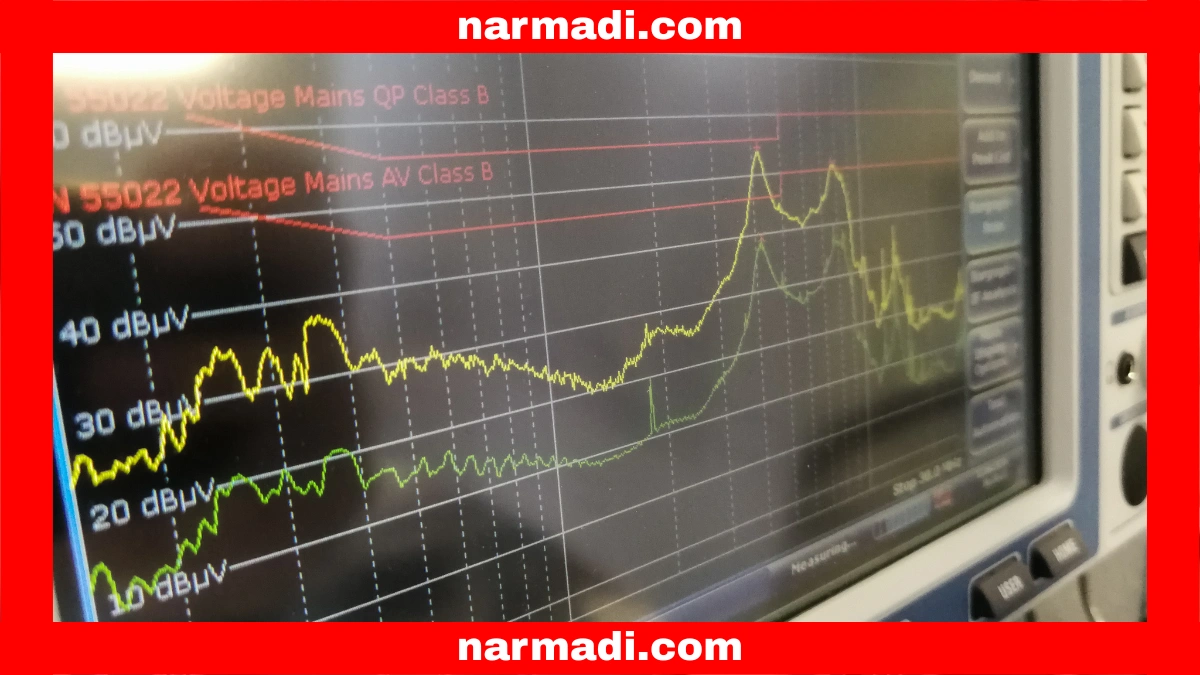
PERMEN KOMINFO No. 4 of 2019
- EMC: Refer to the recommendations of SNI ISO/IEC CISPR 32:2015.
- Electromagnetic radiation: Must comply with the guidelines of the International Commission on Non-Ionising Radiation Protection (ICNIRP).
- Electrical safety: Complies with the requirements set out in the IEC 60950-1 standard.
Ministerial Decree 260 of 2024
The Set-top box is designed to ensure the device meets the technical standards of the Ministerial Decree of the Ministry of Communication and Digital No. 260 of 2024. Here are some of the main points in the test:
Radiofrequency testing
- Purpose: Ensure Bluetooth devices function without interfering with other devices using the same radio frequency.
- Method: Using FCC 15.247 or EN 300 328 standards to measure transmit power (RF output power).
Transmit power testing (RF output power)
- Objective: Assess whether the device transmits power below the 20 dBm ERP maximum limit or the maximum limit of 94 dBµV/m at a distance of 10 meters.
- Method: Using measuring instruments such as a spectrum analyzer to measure the device’s transmit power.
Wild emissions testing (spurious emissions)
- Purpose: Ensure the device does not produce emissions outside its working frequency band that could interfere with other devices.
- Standard: Refer to FCC 15.209 or EN 302 291.
Electromagnetic compatibility (EMC) testing
- Purpose: Assess device compatibility with the surrounding electromagnetic environment to prevent interference.
- Method: Referring to international standards such as EN 301 489.
Ministerial Decree 12 of 2025
Set-top box testing is conducted to ensure the device meets the technical standards outlined in the Ministerial Decree of the Ministry of Communication and Digital No. 12 of 2025. Here are some of the main points in the test:
- Electrical Safety: SNI IEC 60950-1;2015 or the more recent, SNI IEC 62368-1;2013 or the more recent, IEC 60950-1; IEC 62368-1; and/or other relevant IEC or SNI standards.
- EMC (Emission): ETSI EN 301 489 and/or ETSI EN 301 489-17; IEC CISPR 32; and/or SNI CISPR 32: 2015 or the more recent.
- EMC (Immunity): The Testing Method for immunity requirements is under the provisions in the THIRD Dictum of this Ministerial Decree.
- RF Output Power, Channel Bandwidth, Power Spectral Density, Spurious Emissions, and Out-of-band Emissions: ETSI EN 302 567 (lowest version is 2.1.1)
Set-Top Box Type Approval and Certification Process in Indonesia

For set-top box devices to be used legally in Indonesia, certification from DJID is required. Here are the steps to get it:
Pre-testing the device
Before official testing, the device must be pre-tested first using measuring equipment such as a spectrum analyzer.
This helps ensure devices meet technical standards before being tested in authorized laboratories.
Testing at an official laboratory
After passing the pre-testing, the gadget will be sent to an assigned official research facility to experience testing according to the guidelines stipulated in the PERMEN KOMINFO No. 4 of 2019, PERMEN KOMINFO No. 3 of 2014, KEPMEN KOMINFO No. 260 of 2024, and KEPMEN KOMDIGI No. 12 of 2025.
Issuance of certificates
After the device passes testing, an official certificate will be issued by DJID. This certificate is a requirement to market the device legally in Indonesia.
Tips to ensure standards compliance
- Stay informed about the latest regulations: Make sure you understand every detail of the PERMEN KOMINFO No. 4 of 2019, PERMEN KOMINFO No. 3 of 2014, KEPMEN KOMINFO No. 260 of 2024, and KEPMEN KOMDIGI No. 12 of 2025, including technical requirements and test methods.
- Perform pre-testing: Before conducting the test, perform pre-testing to ensure the device meets the requirements standards. If you don’t have a measuring instrument, consider using the DJID certification service, which provides pre-testing services.
- Counsel a master: If this is your first time seeking certification, consider utilizing the services of experienced DJID certification providers. <UN>

